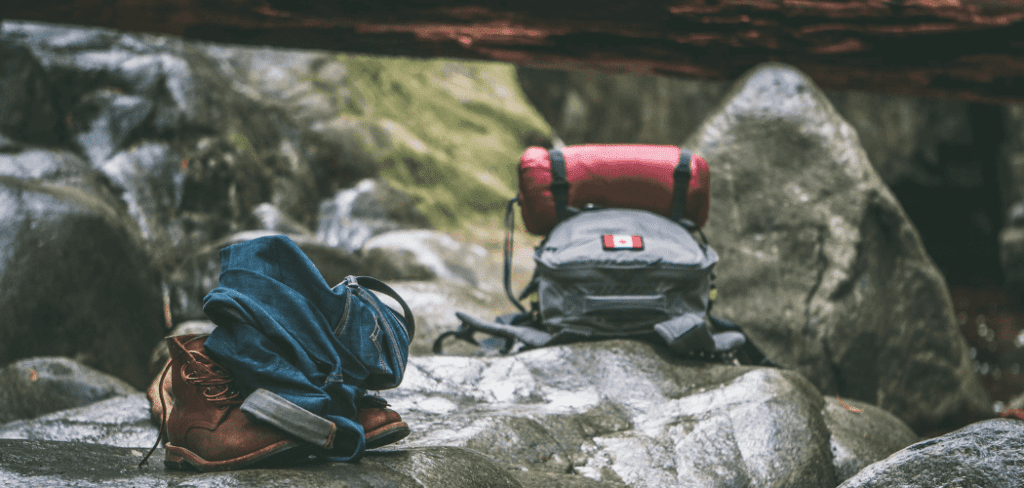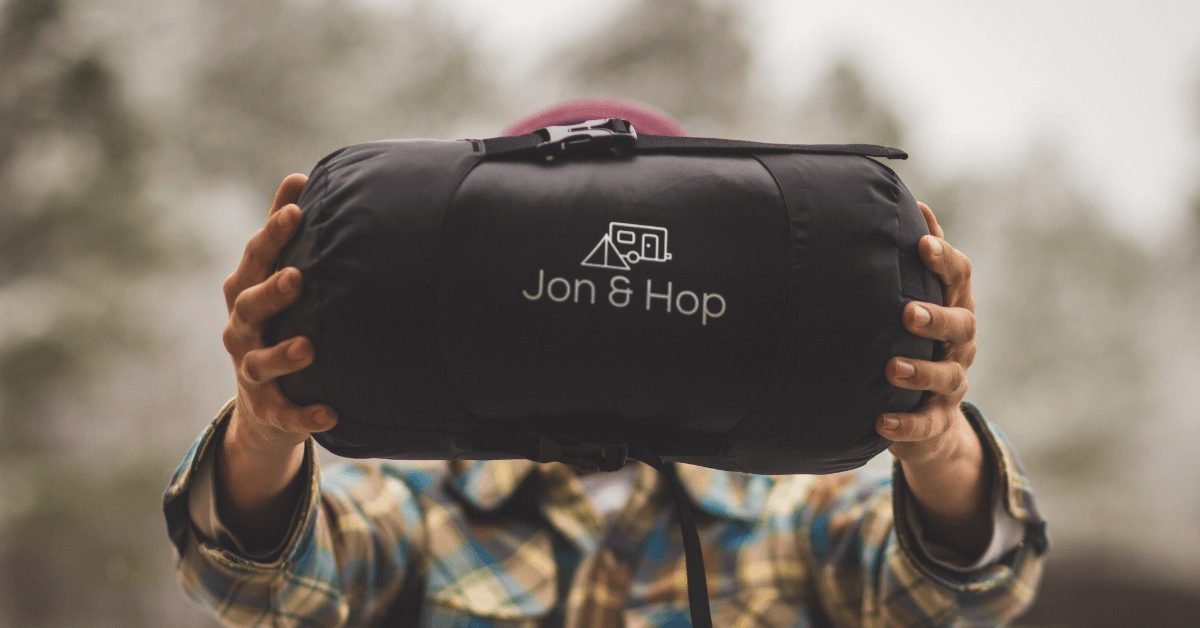Sleeping bags are an indispensable item for anyone who enjoys camping and other outdoor activities. They provide warmth, comfort, and protection from the elements, and are available in a wide range of shapes, sizes, and temperature ratings. From down-filled bags that are lightweight and compressible to synthetic bags that are bulkier but more durable, there’s a sleeping bag to suit every need.
But what do you do with a sleeping bag when it’s not in use, especially if you have limited storage space? The good news is that there are plenty of effective storage solutions for sleeping bags, even in the smallest of spaces. In this article, we’ll take a closer look at how to store your sleeping bag to keep it in top condition and ready for your next adventure.
The Importance of Proper Storage When it Comes to Sleeping Bags
Proper storage of your sleeping bag is essential to protect it from damage and keep it in top condition. Sleeping bags are an investment, and by taking care of them, you can ensure they last for many seasons of camping and outdoor adventures. Here are a few key reasons why proper storage is so important:
1. Protecting the sleeping bag from damage:
Sleeping bags can be damaged by moisture, sunlight, and pests, among other things. By storing your sleeping bag in a dry place, away from direct sunlight and potential pests, you can reduce the risk of damage and prolong the life of your sleeping bag.
2. Maintaining the insulating properties of the sleeping bag
Sleeping bags work by trapping warm air close to your body, which keeps you warm and cozy. Over time, this insulating material can become compressed or lose its loft, which reduces its ability to keep you warm. Proper storage can help maintain the insulating properties of your sleeping bag, so you stay warm on your next camping trip.
3. Maximizing the lifespan of the sleeping bag
Sleeping bags can last for many years with proper care, but they can also be ruined in a matter of months if they are not stored properly. By following the guidelines for proper storage, you can maximize the lifespan of your sleeping bag and ensure it’s ready for your next adventure.
Related: What to do if a Mountain Lion is Outside Your Tents
Sleeping Bag Storage Solutions for Small Spaces
If you live in a small space, finding room to store your sleeping bag can be a challenge. But don’t worry, there are plenty of options for storing your sleeping bag in even the smallest of spaces. Here are a few of the most popular solutions:
1. Compression sacks
Compression sacks are designed to reduce the bulk of your sleeping bag, making it easier to store in a small space. They work by removing the air from your sleeping bag and compressing it into a smaller, more manageable size. They are ideal for backpacking or for anyone who needs to pack their sleeping bag into a small space, such as a backpack.
2. Storage bags
Storage bags are designed to protect your sleeping bag from damage when it’s not in use. They are typically made from a durable, breathable material, such as cotton or nylon, and come in a range of sizes to fit different types of sleeping bags. Storage bags are ideal for those who have limited space for storing their sleeping bag, as they protect it from dust, moisture, and other elements.
3. Vacuum storage bags
Vacuum storage bags work by removing the air from your sleeping bag and compressing it into a smaller, more manageable size. They are similar to compression sacks but are typically made from a heavier-duty material, making them ideal for long-term storage. Vacuum storage bags are great for those who need to store their sleeping bag in a small space but want to ensure it remains protected from moisture and dust.
No matter what your storage needs are, there’s a solution that will work for you. Whether you’re a backpacker who needs a compact solution, or a city dweller with limited space, there’s a way to store your sleeping bag and keep it in top condition.
Best Practices for Sleeping Bag Storage in Small Places

Now that you’re familiar with some of the storage options for sleeping bags, it’s important to follow best practices for storing your sleeping bag to keep it in top condition. Here are a few tips to get you started:
1. Clean your sleeping bag before storing it
Before you store your sleeping bag, be sure to clean it. Dirt, sweat, and oils can all contribute to the breakdown of the insulating material, so it’s important to clean your sleeping bag before you store it. Most sleeping bags can be hand-washed or machine-washed on a gentle cycle, depending on the manufacturer’s recommendations.
2. Store your sleeping bag in a cool, dry place
Sleeping bags are best stored in a cool, dry place, away from direct sunlight and potential pests. A closet, under the bed, or in a storage bin are all good options. Just be sure the area is dry and well-ventilated, so your sleeping bag can breathe.
3. Avoid storing your sleeping bag in direct sunlight
Direct sunlight can cause damage to your sleeping bag over time, so it’s best to avoid storing it in a place where it will be exposed to direct sunlight. If you need to store your sleeping bag in a sunny location, consider using a storage bag or compression sack to protect it.
4. Use a storage bag or compression sack to protect your sleeping bag
A storage bag or compression sack will protect your sleeping bag from dust, moisture, and other elements, and will also help to maintain its insulating properties. They are a must-have for anyone who wants to keep their sleeping bag in top condition.
By following these best practices, you can be sure your sleeping bag will be ready for your next adventure, and you can enjoy a good night’s sleep no matter where you are.
Conclusion – How to Store Sleeping Bags in Small Spaces
So there you have it, a comprehensive guide to storing your sleeping bag in a small space. Whether you’re a seasoned camper or a city-dweller looking for a way to store your sleeping bag, these tips will help you find the best solution for your needs. So go ahead and get started today, and enjoy a good night’s sleep no matter where life takes you.
Frequently Asked Questions
Now that you’re familiar with the basics of sleeping bag storage, you may still have a few questions. Here are answers to some of the most frequently asked questions about sleeping bag storage:
1. How often should I wash my sleeping bag?
It’s a good idea to wash your sleeping bag once every season, or more frequently if you use it frequently or it becomes soiled. Regular washing will help keep your sleeping bag fresh and will extend its lifespan.
2. Can I store my sleeping bag in a vacuum-sealed bag?
Yes, you can store your sleeping bag in a vacuum-sealed bag. Vacuum-sealed bags are a great option for storing sleeping bags in small spaces, as they can be compressed down to a fraction of their original size. Just be sure to follow the manufacturer’s instructions for vacuum sealing, as over-compression can damage the insulation in your sleeping bag.
3. Is it okay to store my sleeping bag compressed for long periods of time?
Yes, it’s okay to store your sleeping bag compressed for long periods of time, as long as you use a storage bag or compression sack that is designed for this purpose. However, it’s important to be mindful of how tightly you compress your sleeping bag, as over-compression can damage the insulation.
4. Can I store multiple sleeping bags in the same storage bag or compression sack?
Yes, you can store multiple sleeping bags in the same storage bag or compression sack, as long as they are not too bulky. Just be sure to follow the manufacturer’s instructions for the storage bag or compression sack you’re using, as over-stuffing can damage the insulation in your sleeping bags.
With these frequently asked questions answered, you should now have a good understanding of how to store your sleeping bag in a small space. Whether you’re a seasoned camper or a city-dweller looking for a way to store your sleeping bag, these tips will help you find the best solution for your needs.
